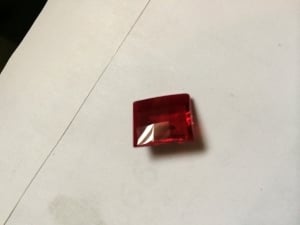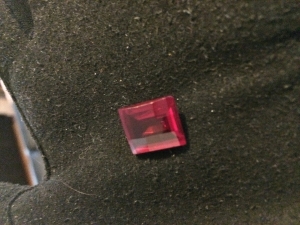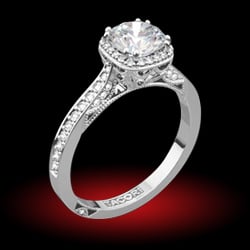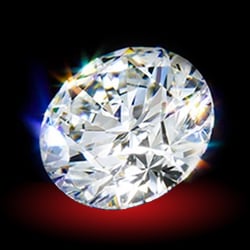All,
I acquired this ruby from my grandfather in Europe. The stone (which was set in a ring before I removed it) has been in the family for over 95 years. I am trying to figure out whether or not it is real or what type of gem it can be...I have done the scratch tests....a knife does not scratch it...the stone can scratch glass...and it glows under fluorescent light. It weighs in at 12.3ct which greatly surprised me because I thought it would be around 6....turns out this gem is pretty dense....please take a look at the pictures and let me know your thoughts. Any help is greatly appreciated.




I acquired this ruby from my grandfather in Europe. The stone (which was set in a ring before I removed it) has been in the family for over 95 years. I am trying to figure out whether or not it is real or what type of gem it can be...I have done the scratch tests....a knife does not scratch it...the stone can scratch glass...and it glows under fluorescent light. It weighs in at 12.3ct which greatly surprised me because I thought it would be around 6....turns out this gem is pretty dense....please take a look at the pictures and let me know your thoughts. Any help is greatly appreciated.











300x240.png)